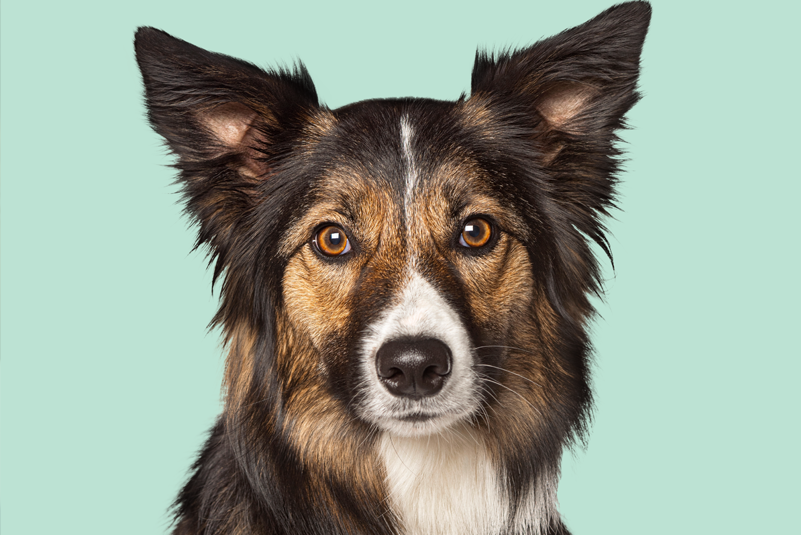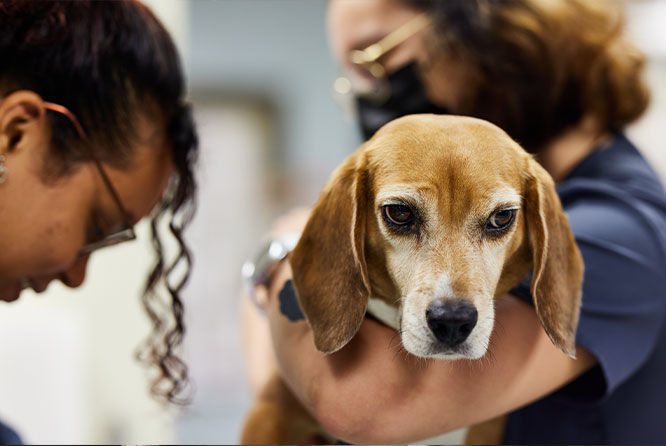RapidRead™ Dental : tenir la promesse de l'IA en dentisterie vétérinaire
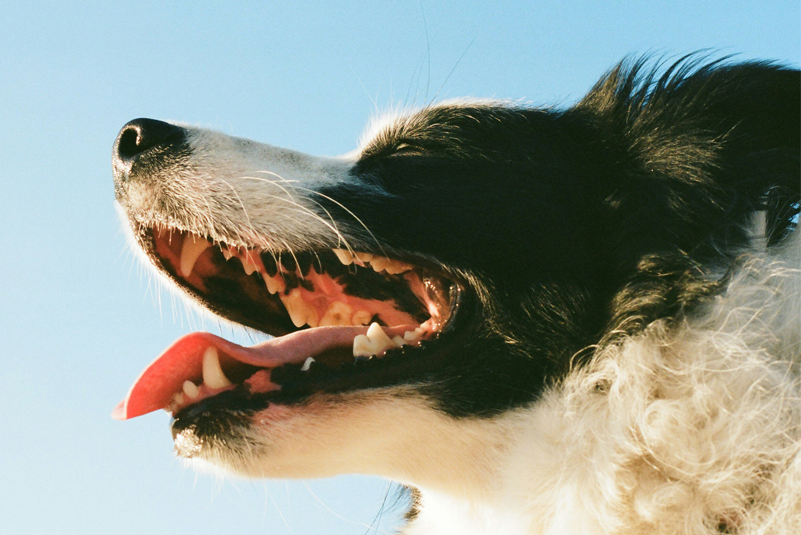
Graham Bilbrough (MA VetMB CertVA MRCBS)
Veterinary dentistry is one of the most important elective procedures done in general practice today, playing a vital role in animal health by relieving pain, treating dental issues, and preventing serious systemic diseases caused by oral infections. Further, healthy teeth and gums support proper nutrition, overall well-being, and a longer life.
But whilst dentistry ranks among the most common services provided in general practice, it is also one of the most underutilized. In 2023, an AVMA Report on the Economic State of the Veterinary Profession showed that dentistry represents only 6.4% of revenue for the average companion animal practice.1
So, where’s the disconnect?
If I could name one commodity that’s universally in short supply in a busy veterinary practice, it’s time. My colleagues in general practice tell me that one of their biggest struggles in running a thriving practice is balancing quality care with the time necessary to treat their patients and the productivity needed to sustain a growing operation. Yet, if you were to ask practitioners which procedures suck up the most time (and are most-often handed off to passionate, eager-to-learn junior veterinarians), dentals would certainly be at the top of the list.
Teeth, Tension, and Time
Even for the most skilled practitioners among us, dentals can be time-consuming and tedious. Performing anesthesia and dentistry is a lot like being a pilot — there are intense moments of stress during takeoff (anesthesia induction) and landing (recovery), but the long flight in between can feel monotonous as you methodically clean each tooth. For many veterinarians, dentals are also highly stressful. The repetitive scraping/scaling can numb your mind, yet you must stay vigilant monitoring vitals, assessing each tooth, and making decisions that affect your patient’s quality of life. You’re constantly second-guessing, “Should this tooth come out or can it be saved?” And when you do decide to extract, it becomes a delicate struggle — carefully removing every fragment without damaging the fragile jaw, knowing that one wrong move could cause a fracture.
For newly minted veterinarians, dentistry also presents a unique set of challenges: an entirely new set of largely unfamiliar terms (what the… furcation?), a time-consuming charting system that requires scribbling notes on each individual tooth and taking a picture for the file (in most cases, with your own mobile phone), heavy reliance on dental images but little hands-on experience using dental X-ray equipment, and the need for real-time assistance from more-senior clinicians (i.e., chasing down a second opinion, in procedure, from a busy senior practitioner or owner) — all whilst the clock is ticking loudly, and the responsibility of patient care under anesthesia adds a layer of psychological pressure to an already demanding procedure.
I can attest to the terror of being thrust into veterinary dentistry as a young graduate. Typical of the time, my formal dental education consisted of a handful of lectures, pig dentition (remembered only because the sequence of numbers was similar to my locker combination), and one massive, terrifying gap — little time on pathology, no dental radiographs, and zero hands-on confidence. I quickly realized there was seemingly little-to-no clinical relevance between my training (I haven’t looked at a single pig mouth since) and the skills needed to perform any type of dental procedure on a live patient. In practice, I relied on the coaching of a sympathetic and very generous senior technician, sat through numerous continuing education classes, and suffered through my growing awareness about how long I was taking to do a so-called simple dental.
Although today’s students do receive foundational training in dentistry and basic dental procedures (and likely get a bit of hands-on experience in clinical rotation), graduates are still left to gain the bulk of their knowledge, experience, and confidence on the job. And the resulting perfectly understandable lack of confidence, coupled with the need for in-procedure oversight from senior clinicians, can significantly inflate procedure times and affect productivity.
Improved efficiency and streamlined workflows would no doubt reduce dental procedure times (which is better for everyone: patient, pet owners, and practitioners), whilst potentially driving up the number of procedures done in any given day, week, or month (which is decidedly better for the practice). Tightening up the time on dental procedures without giving up quality care sounds pretty good, doesn’t it? But how to get there from here?
Tooth-by-tooth Analysis in Minutes
For years we’ve been hearing about how artificial intelligence (AI) will change veterinary practice. Now, Antech has developed an AI-powered radiology analysis tool that delivers accurate veterinary dental radiograph evaluations, in procedure, in approximately 10 minutes.
Developed by Antech’s dedicated team of board-certified veterinary dentists and deep learning engineers, RapidRead™ Dental assists veterinarians by providing a comprehensive, in-procedure, tooth-by-tooth analysis with 98% accuracy in identifying key pathologies. Trained on 55,000+ real-life images and 275,000+ teeth (and counting…), RapidRead Dental can detect treatable conditions that are hard to spot and provide a high-quality, expert analysis whilst a patient is still under anesthesia.
The technology is based on discriminative machine learning models, which means it identifies and categorizes only what it is trained to identify and categorize, and cannot evolve on its own. And because it’s been trained on real-life images (translation: imperfect images), the technology can handle less-than-perfect radiographs taken during procedures. But how does it work in practice? RapidRead Dental helps veterinarians accurately identify a range of common dental pathologies on intraoral radiographs, supporting more confident interpretations and reducing the risk of missing clinically significant lesions. Tooth-by-tooth analysis guides where treatment is needed. When combined with a complete oral examination and dental charting, dental radiographs with RapidRead Dental help clinicians detect disease earlier and avoid missed opportunities to improve a patient’s quality of life, in minutes, eliminating delays and guesswork from dental diagnostics.
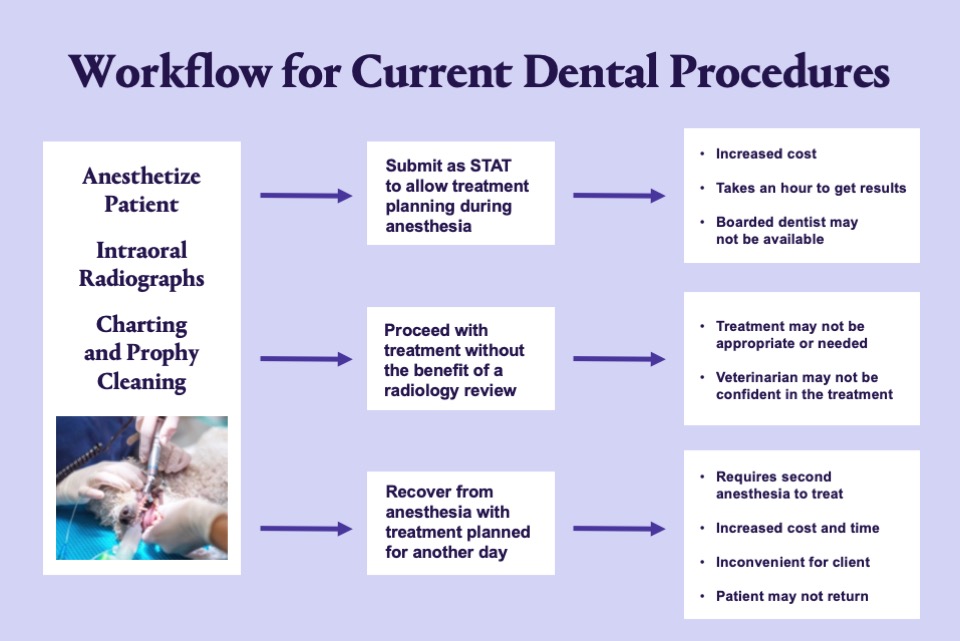
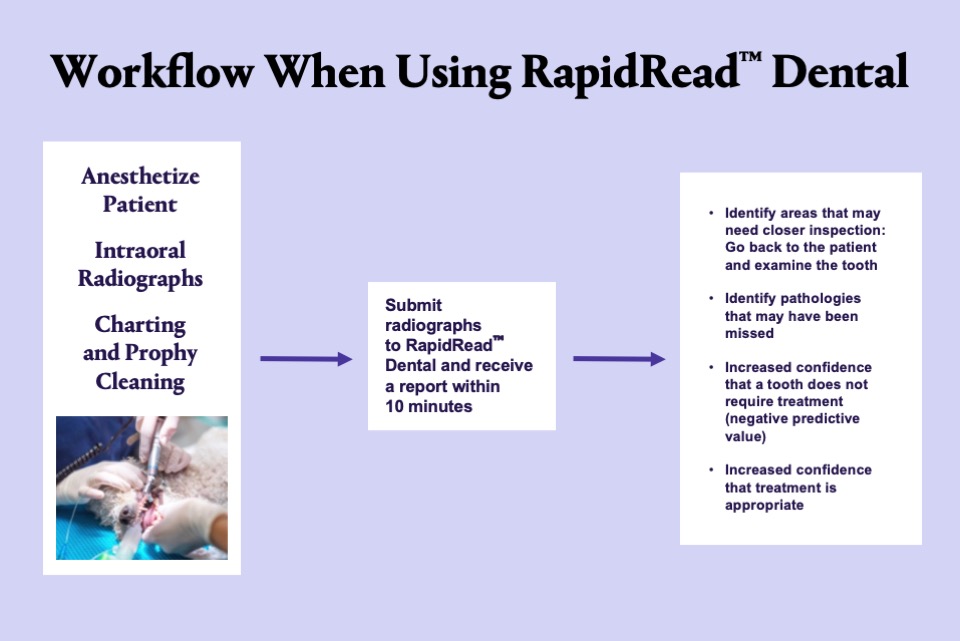
Every image is labeled with a tooth number for each tooth, and documentation and images are uploaded straight to a patient’s electronic medical record. Clear, visually annotated reports go a long way in building trust and confidence with pet owners, making it easy to explain recommended treatments and increase pet owner compliance.
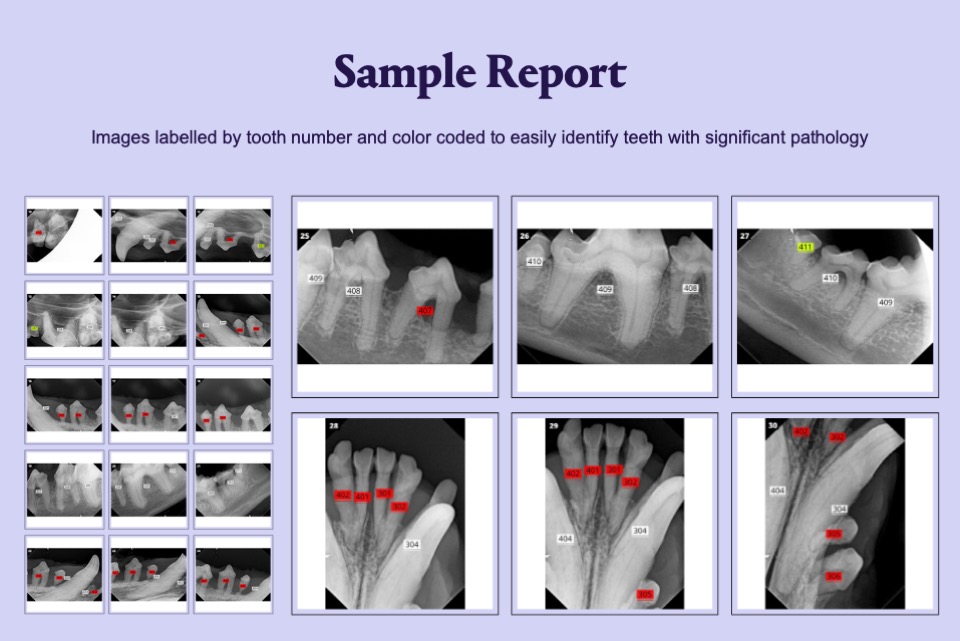
RapidRead Dental: Helping You Do It Right
Ours is a profession where technical precision meets moral responsibility, where routine procedures carry real consequences, and where the knowledge that you’re ultimately helping doesn’t always quiet the voice asking, “Am I doing this right?”
Think of RapidRead Dental as your in-procedure second opinion. Accurate, annotated findings delivered to you in under ten minutes allow you to diagnose and treat with confidence. So you can rest assured that you’re doing it right — whilst your patient is still under anesthesia. As for my colleagues in general practice fighting the fight each day in balancing quality with productivity, RapidRead is helping veterinarians like you improve efficiency, productivity, and the overall quality of dental care, keeping their patients — and their practices — thriving.
RapidRead Dental is currently available for dogs, with findings for cats coming soon.
——-
- https://www.avma.org/blog/just-one-thing-support-practice-health-reflecting-q1
Learn more about RapidRead Dental: https://www.antechdiagnostics.com/imaging-services/rapidread-dental/
© 2025 Antech Diagnostics, Inc. All rights reserved. Antech, Antech logo, and all other trademarks used herein are the trademarks of Antech Diagnostics, Inc. or its affiliates.
